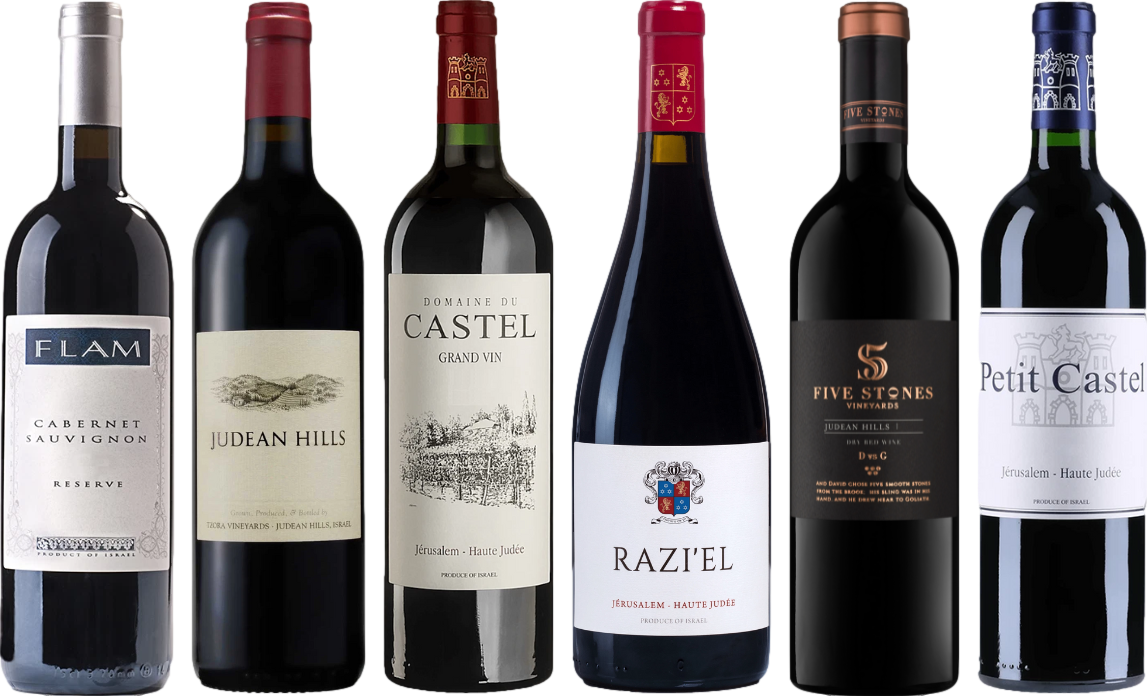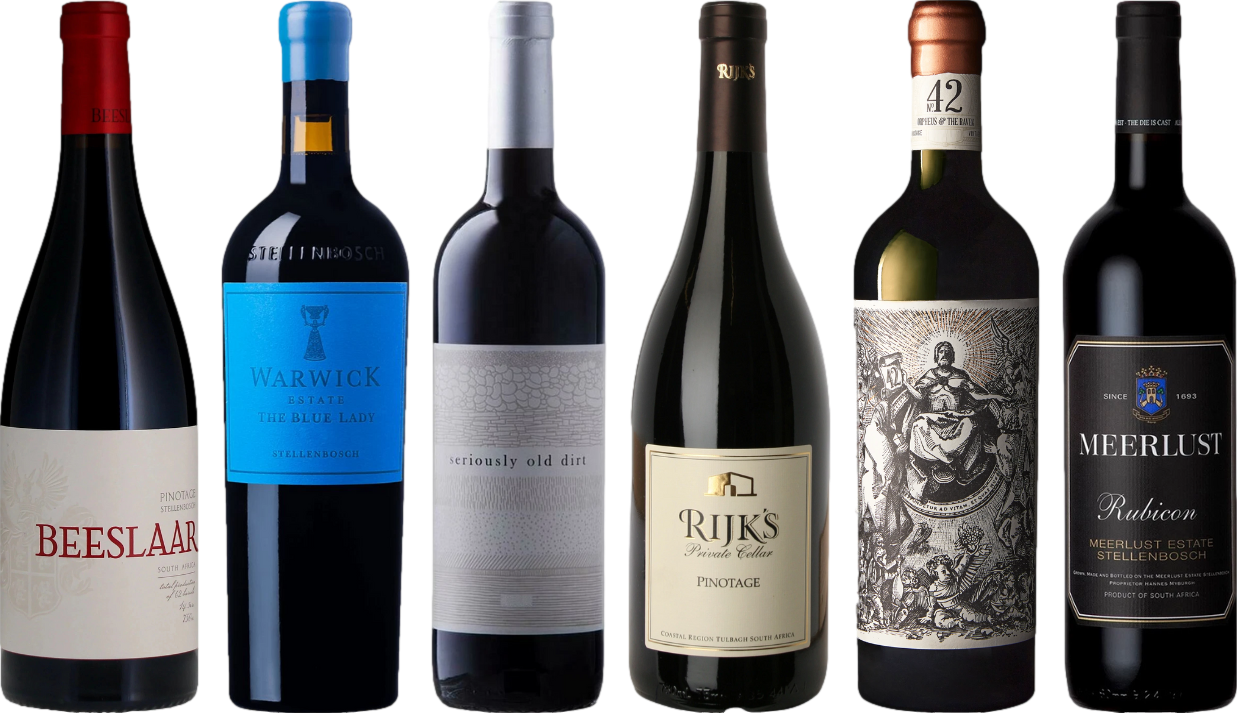



The ideal range for enjoying a glass of bold varietals lies between 60°F and 65°F (15°C to 18°C). This temperature enhances the wine’s aromatic profile and allows its full flavor spectrum to emerge. Chilling a bottle slightly before pouring can elevate the tasting experience significantly.
For lighter-bodied selections, a temperature closer to 55°F (13°C) often works wonders. This slight chill accentuates the freshness and fruitiness, making it particularly refreshing. Conversely, fuller-bodied options benefit from a warmer environment, as it helps to soften tannins and promote a more rounded mouthfeel.
To achieve the perfect temperature, consider storing your bottles in a dedicated cellar or wine fridge. If you’re working with a standard refrigerator, allow the bottle to sit at room temperature for about 30 minutes after removing it. This method ensures the wine reaches its optimal state before you pour.
Ideal Temperature for Enjoying Full-Bodied Reds
For optimal enjoyment, serve full-bodied varieties at approximately 60-65°F (15-18°C). This range enhances the intricate flavors and aromas, allowing the wine to express its character fully.
Light-bodied options benefit from a slightly cooler setting, around 55°F (13°C). This temperature helps maintain their refreshing qualities while highlighting their fruitiness.
Consider using a thermometer to ensure accuracy. If the bottle is too warm, place it in a bucket of ice water for about 10-15 minutes. Conversely, if it’s too cool, a brief resting period at room temperature will suffice.
Investing time in achieving the right temperature pays off, as it elevates the tasting experience and showcases the nuances of each varietal. Always be mindful of the environment, as room temperature can vary significantly, impacting the wine’s serving conditions.
In social settings, encourage guests to explore the interplay of temperature and flavor. This not only enriches their understanding but also fosters a deeper appreciation for the artistry behind these exceptional beverages.
Understanding the Ideal Temperature Range for Red Wine
For optimal enjoyment, serve your deep-hued beverages between 55°F and 65°F (13°C to 18°C). This temperature range allows the complex aromas and flavors to express themselves fully, enhancing the tasting experience.
Factors Influencing Temperature Preferences
Various elements can affect personal preferences regarding serving temperatures. For instance, lighter-bodied options like Pinot Noir may thrive at the lower end of the scale, while fuller-bodied varieties such as Cabernet Sauvignon often benefit from being slightly warmer. Individual taste and the specific characteristics of the bottle play significant roles in determining the ideal experience.
Practical Tips for Achieving the Right Temperature
To achieve the desired serving temperature, consider chilling the bottle in the refrigerator for about 30 minutes before pouring. Alternatively, if the wine is too cold, allow it to rest at room temperature for a short while. Investing in a wine thermometer can also help gauge the temperature accurately, ensuring that each glass is as delightful as intended.
How Different Varieties of Red Wine Require Different Temperatures
For optimal enjoyment, temperature adjustments are crucial based on the specific type of wine. Here’s a quick guide on how different varieties perform best:
- Light-bodied Reds: Varieties like Pinot Noir or Gamay thrive at cooler temperatures, ideally between 55°F to 60°F (13°C to 16°C). This enhances their delicate aromas and crisp acidity.
- Medium-bodied Reds: Merlot and Chianti benefit from a range of 60°F to 65°F (16°C to 18°C). This balance allows their fruitiness to shine while maintaining a pleasant mouthfeel.
- Full-bodied Reds: Varieties such as Cabernet Sauvignon and Syrah are best enjoyed at 65°F to 70°F (18°C to 21°C). This warmth brings forth their complex structure and tannins, enriching the tasting experience.
To achieve these temperatures, consider using a wine thermometer for precision. If a wine is too warm, chilling it in an ice bath for a short time can help. Conversely, if it’s too cold, letting it sit at room temperature for a brief period will allow it to reach the ideal state.
Remember, the goal is to highlight the profile of each variety, ensuring that each sip delivers the intended flavor and aroma. Take the time to adjust the temperature based on the specific characteristics of the bottle in hand.
The Impact of Serving Temperature on Flavor Profile
Serving temperature directly influences the flavor nuances and aromas of a beverage. For optimal enjoyment, I recommend maintaining a range of 55°F to 65°F (13°C to 18°C). Within this spectrum, a delicate balance between acidity, tannin structure, and fruity notes can be achieved. For instance, at lower temperatures, the experience is crisp and refreshing, highlighting the wine’s fruitiness, while warmer temperatures allow for the emergence of more complex aromas and deeper flavors.
The Role of Temperature in Tannin Perception
Temperature alters the perception of tannins. Cooler beverages tend to soften tannins, making them less astringent. Conversely, as the liquid warms, tannins can become more pronounced, contributing to a fuller mouthfeel. For robust varieties with higher tannin levels, such as Cabernet Sauvignon, serving at the upper end of the recommended range can enhance the overall tasting experience.
Aroma Release and Complexity
The release of aromatic compounds is also temperature-dependent. Cooler conditions can mute certain scents, while warmth amplifies them, allowing for a broader spectrum of aromas to be perceived. Varieties like Pinot Noir benefit from slightly higher temperatures to express their intricate bouquet of floral and earthy notes. Experimenting with serving temperatures can reveal hidden layers in familiar selections.
In conclusion, carefully considering the temperature at which beverages are enjoyed can significantly enhance the overall tasting experience, unlocking the full potential of every sip.
Common Mistakes in Serving Temperature for Red Wine
Serving at too high a degree often leads to a loss of complexity, with alcohol overpowering subtle flavors. Aim for a cooler setting, generally between 55°F and 65°F, depending on the varietal. Another frequent error is neglecting to chill a bottle prior to enjoyment. Many enthusiasts assume room temperature suffices, but this can result in an overly warm experience.
Failing to account for the environment in which the beverage is consumed can also skew perception. For instance, enjoying a glass outdoors on a warm day may require slight chilling, as ambient heat can elevate the drink’s temperature rapidly. Additionally, using oversized glasses can exacerbate heat absorption, leading to a quicker rise in warmth.
Another mistake is disregarding personal preference. While there are guidelines, individual taste plays a significant role in the enjoyment of a pour. Encouraging experimentation within the recommended range can lead to delightful discoveries. Always taste and adjust according to your palate.
Lastly, overlooking proper storage is a common pitfall. Storing in a place that is too warm or exposed to sunlight can compromise quality. A consistent cool environment is key to maintaining optimal flavor profiles long before the bottle is opened.
Practical Tips for Achieving the Right Temperature
To reach the optimal serving temperature for your favorite varietals, consider using a reliable thermometer. Aim for 60-65°F for lighter styles and 65-70°F for fuller-bodied options. This precision enhances the tasting experience.
Chilling is often necessary for achieving the desired temperature. If your selection is too warm, place it in an ice bucket filled with equal parts ice and water for about 15-20 minutes. This method cools evenly and efficiently.
Conversely, if a bottle is too cold, allow it to rest at room temperature for approximately 20-30 minutes before pouring. This gradual warming lets the aromas and flavors develop fully.
Use a decanter to aerate the liquid, which can also assist in reaching the ideal warmth. Pouring into a decanter increases surface area, allowing for quicker temperature adjustments and enhanced flavor release.
Be mindful of glassware. Thin crystal glasses retain heat better than thicker options. If you prefer to use stemless glasses, hold them by the base to minimize heat transfer from your hand.
Lastly, always taste before serving. If the profile feels off, adjust accordingly. Personal preference plays a significant role, and experimentation is key to finding your ideal balance. Enjoy the process of discovery.
How to Store Wine for Optimal Serving Temperature
For maintaining the perfect drinking experience, the manner in which you keep bottles is crucial. Ideally, aim for a stable environment with a temperature between 50°F and 65°F (10°C to 18°C). Fluctuations can harm the quality and flavor profile of your selections.
Preferred Storage Conditions
Ensure that bottles are stored horizontally. This prevents corks from drying out, which could lead to oxidation. A dedicated wine fridge is a solid investment; it offers precise temperature control and humidity levels, generally around 70% for optimal preservation.
Environmental Factors
Keep bottles away from direct sunlight and vibrations. UV rays can degrade the quality, while vibrations can disturb sediment, negatively impacting taste. Dark, quiet spaces are ideal for long-term storage. If you lack a wine cellar, consider a closet or a dark corner of your home.
| Storage Tip | Benefit |
|---|---|
| Horizontal Position | Prevents cork drying |
| Stable Temperature | Preserves flavor integrity |
| Humidity Control | Protects cork and wine quality |
| Dark Environment | Prevents UV damage |
| Avoid Vibrations | Maintains sediment integrity |
For more home care tips, you might find this article on walking boots helpful. Proper care extends beyond wine; it enhances the longevity of many household items.








